Benchmarks
We benchmarked the SSD using a desktop with an ASROCK motherboard and Intel 12th generation CPU, 32GB of RAM and an NVIDIA GeForce discrete graphics card. We also tested the SSD in an Intel NUC 13 Pro Mini PC mostly to see how well the graphene heatsink copes from a temperature perspective with limited cooling available.
We tested the Z44A7 using Flexible IO Tester with other DRAM-less NVMe SSDs.
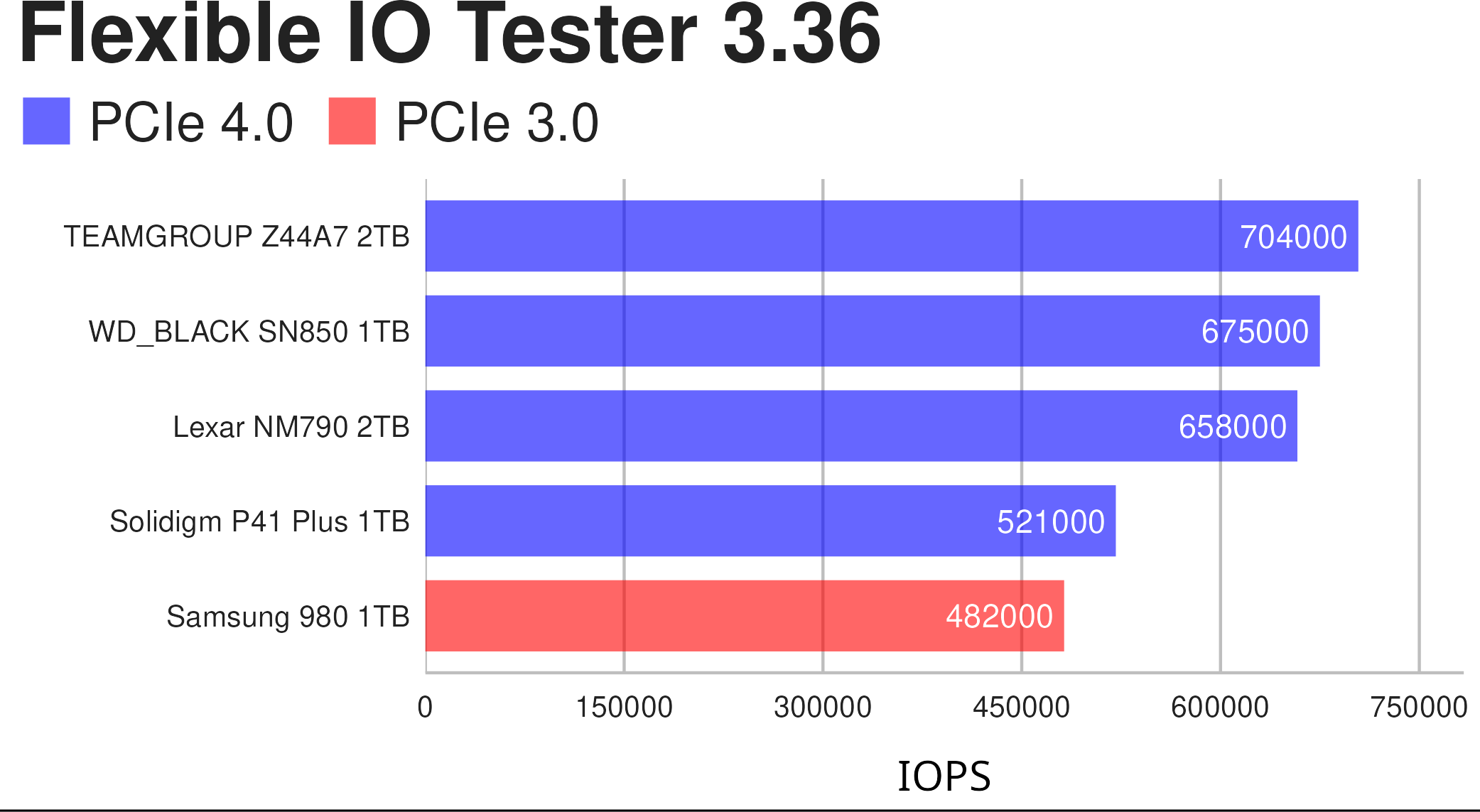
Type: Random Read – Engine: IO_uring – Direct: Yes – Block Size 4KB
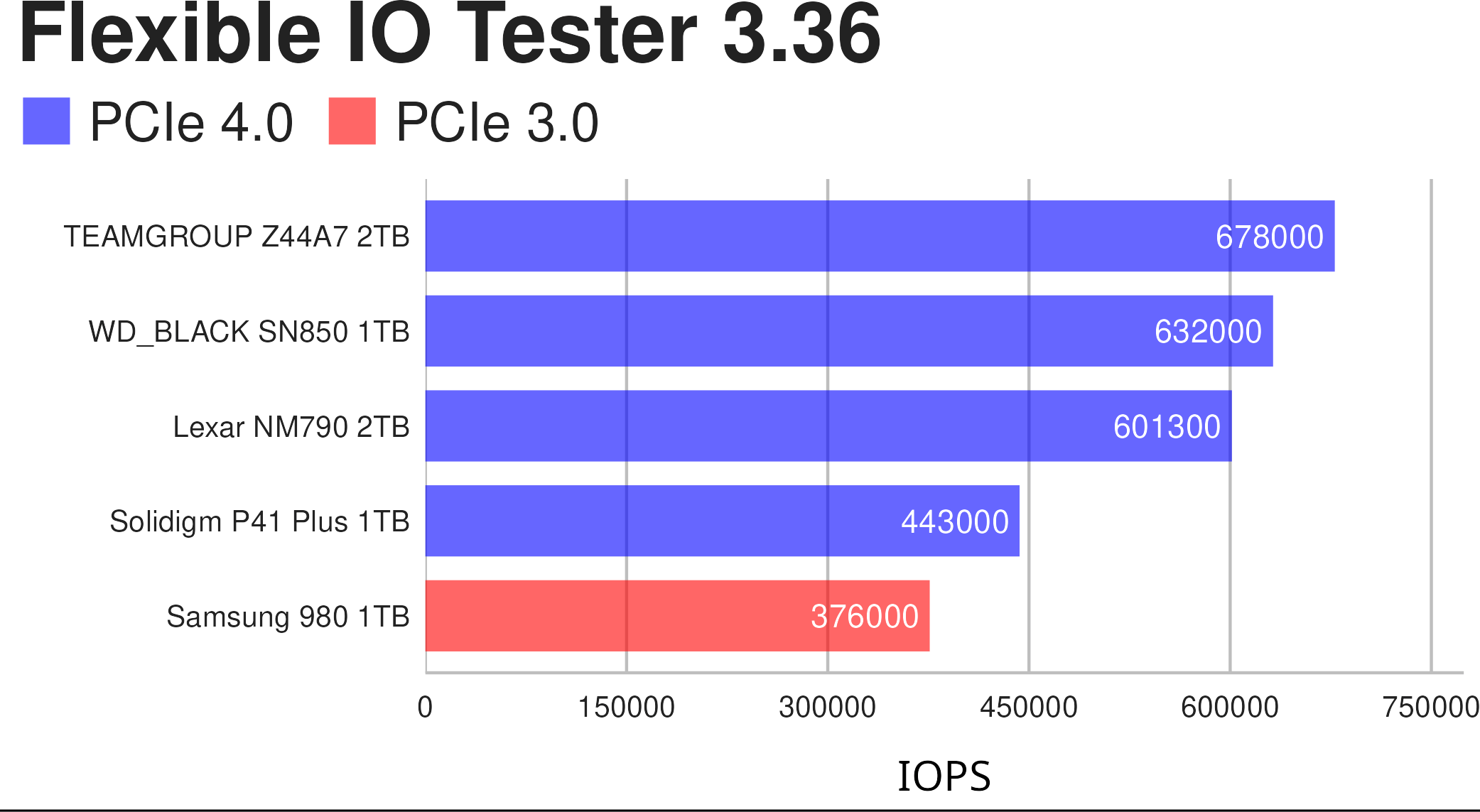
Type: Random Write – Engine: IO_uring – Direct: Yes – Block Size 4KB
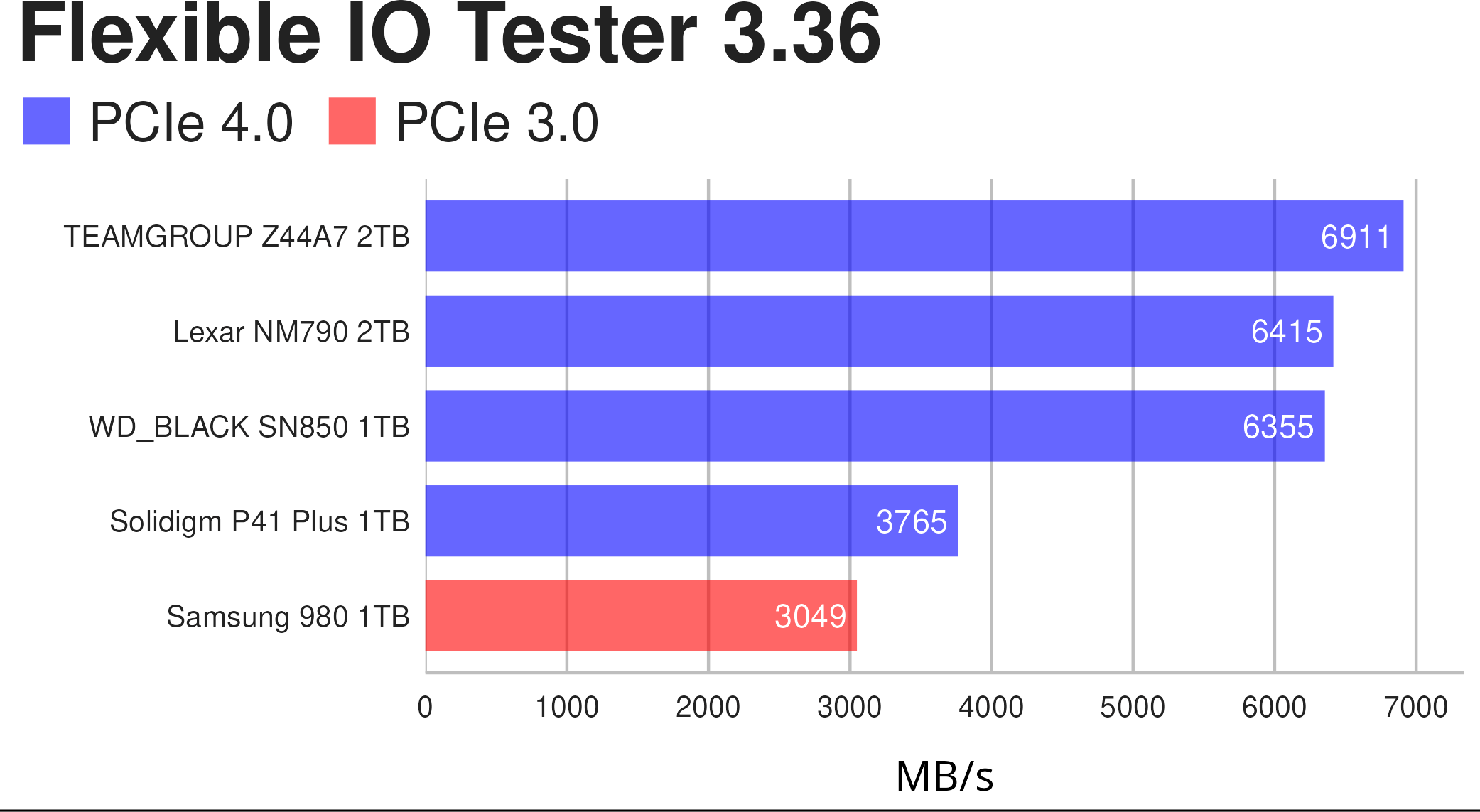
Type: Sequential Read – Engine: IO_uring – Direct: Yes – Block Size 2MB
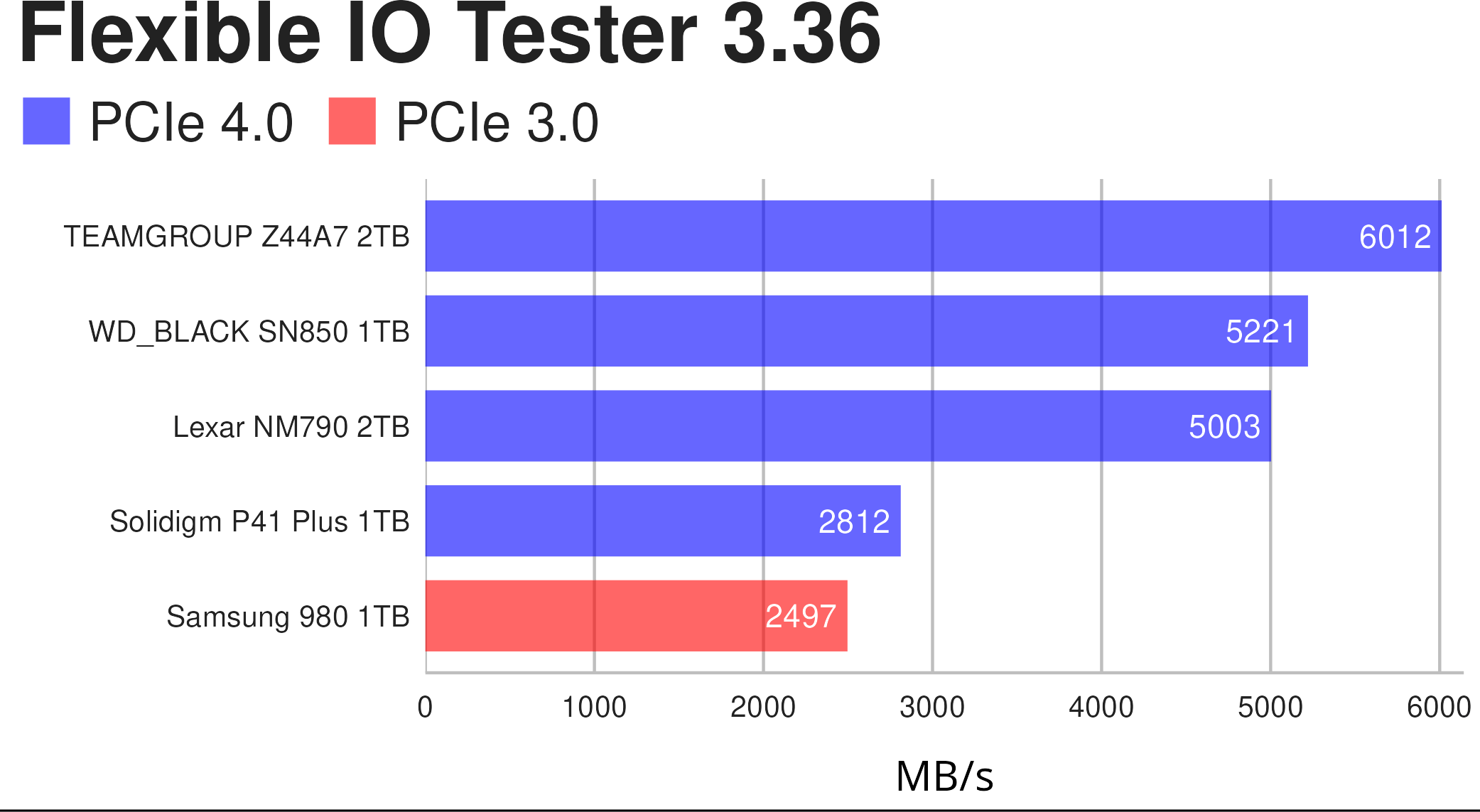
Type: Sequential Write – Engine: IO_uring – Direct: Yes – Block Size 2MB
We are impressed the performance by the Z44A7 which beat its DRAM-less rivals.
We also carried out real-life tests, the results of which are within margin of error. Typical Linux desktop applications don’t perform sufficient random writes to make DRAM essential. Naturally in some synthetic tests a comparable DRAM NVMe scores significantly higher, but they typically are far more expensive.
We also tested how long it took to read 75GB installed files from the Z44A7 to another drive. The drive took 35.1 seconds to complete, which was faster than the WD Black SN770 (37.9 seconds), and Samsung 980 Pro (38.1 seconds).
Pages in this article:
Page 1 – Introduction and Installation
Page 2 – Benchmarks
Page 3 – Summary
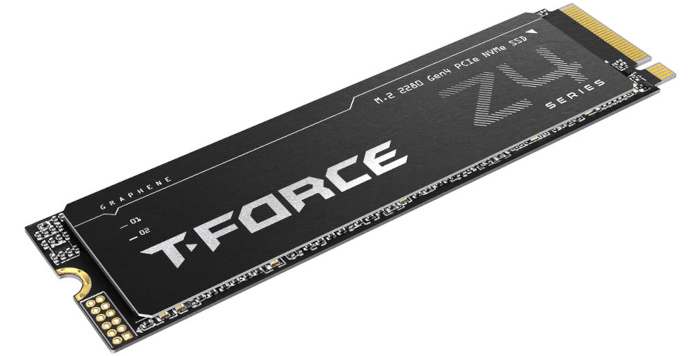
1500TBW isn’t very good.
If you move 100GB a week you can do that for about 3,000 weeks or 57.5 years.